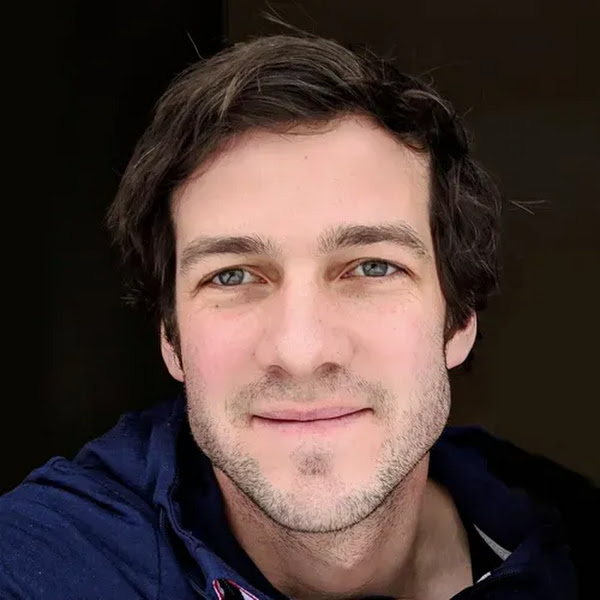
Simon Lynen
Research Areas
Authored Publications
Sort By
Google
Yes, we CANN: Constrained Approximate Nearest Neighbors for local feature-based visual localization
International Conference on Computer Vision (ICCV'23), IEEE / CVF (2023) (to appear)
Large-scale, real-time visual-inertial localization revisited
Bernhard Zeisl
Michael Bosse
Joel Hesch
Marc Pollefeys
Roland Siegwart
Torsten Sattler
International Journal of Robotics Research, 39(9) (2019)
